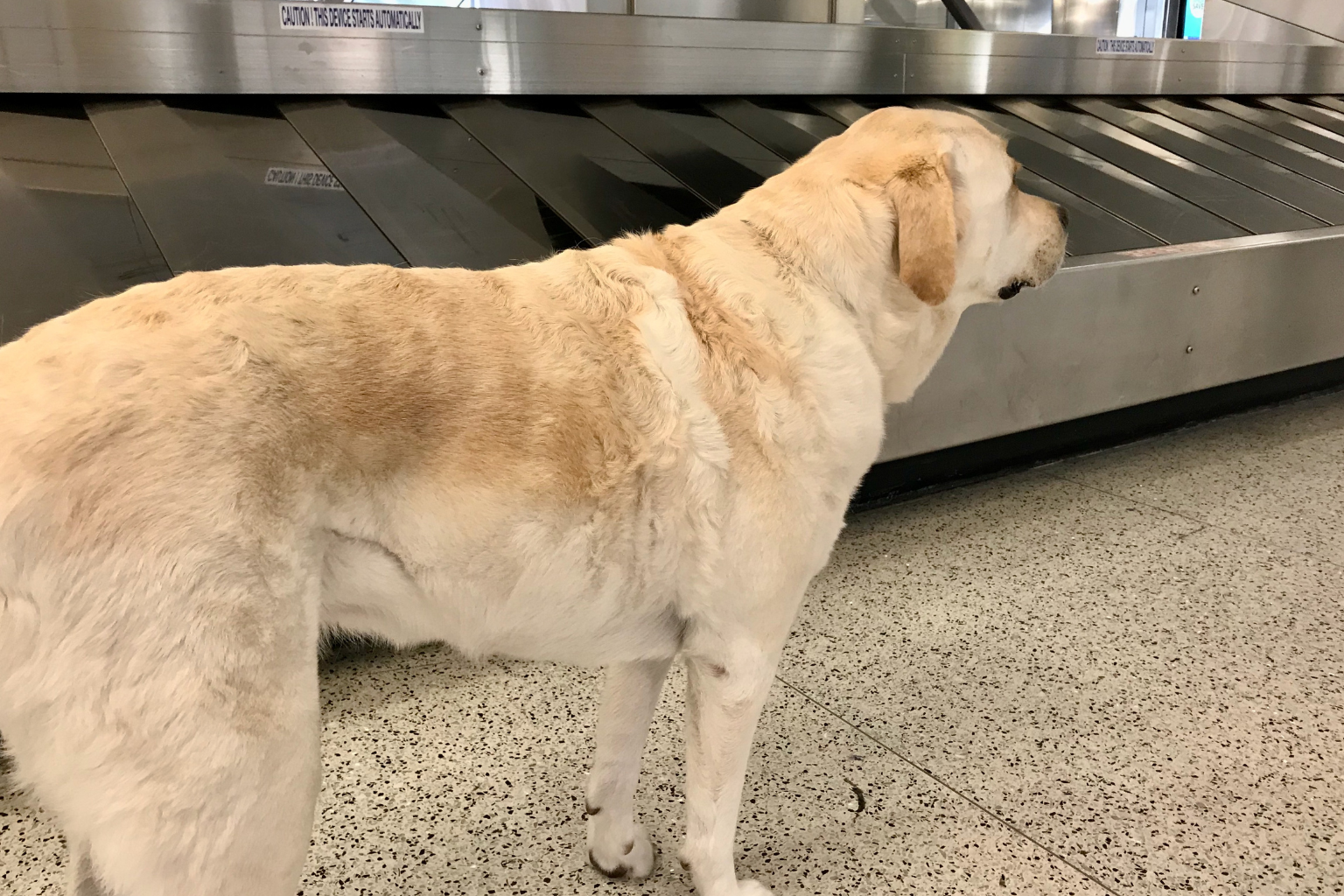Public Media in Crisis: PBS and NPR Face Their Biggest Threat Yet

A personal story of how public broadcasting changes lives now met with unprecedented funding cuts that could silence stations across America.
Public broadcasting is facing its greatest crisis in decades. Recent federal funding cuts have placed PBS and NPR in a fight for survival, threatening the very existence of local stations that have educated and informed communities for generations .
This article breaks down what these cuts mean for you, why public media matters, and what the future might hold for beloved programs from “Sesame Street” to “Morning Edition.”
Congress has pulled back $1.1 billion in funding that previously flowed to public media through the Corporation for Public Broadcasting (CPB) . This represents a devastating blow to the system because:
The CPB has been dismantled, with its board appointed by Congress now dissolved
This funding typically represented 15% or more of a station’s total revenue
The financial impact amounts to just $1.60 per taxpayer annually – less than the price of a medium soda
The effects of these cuts are already being felt across the country:
PBS has eliminated 100 positions (34 employees, the rest through vacant positions)
NPR may see 70 to 80 member stations unable to survive the cuts
NJ PBS will permanently shut its doors in July 2026 due to combined federal and state funding reductions
The situation is particularly dire for rural stations without access to wealthy donors, though even some well-established stations in populated areas are struggling.
For Ronnie Agnew, General Manager of NJ Advance Media and author of the original piece, these cuts strike at the heart of his personal journey .
Growing up in rural Mississippi in 1969 with limited television options, the arrival of PBS introduced him to “Sesame Street.” Those funny-looking puppets – Ernie, Bert, Oscar the Grouch, Cookie Monster, and Big Bird – became his teachers, delivering educational content that would prove “life-changing” for him and his family .
This early exposure to quality educational programming eventually led Agnew to spend 11 years as executive director of Mississippi Public Broadcasting and serve on the national PBS Board of Directors – a remarkable journey for a kid from rural Mississippi born to sharecroppers.
Public broadcasting has become woven into the fabric of American life through:
Educational cornerstones: “Sesame Street,” “Mister Rogers’ Neighborhood”
Cultural icons: Julia Child, Bob Ross
Beloved series: “Antiques Roadshow,” “This Old House,” “Downton Abbey”
Documentary excellence: Ken Burns’ historical series
Genealogy fascination: Henry Louis Gates’ “Finding Your Roots”
Morning news: “Morning Edition”
Evening summary: “All Things Considered”
In-depth interviews: “Fresh Air”
Weekend entertainment: “Wait Wait… Don’t Tell Me”
Beyond entertainment, public broadcasting has frequently set the news agenda – often scooping better-financed commercial media companies with aggressive reporting that sometimes “struck a nerve with thin-skinned politicians.”
The true value of public broadcasting extends beyond ratings to tangible human impact:
Agnew recalls a personal friend from Mississippi – a man in his 90s or possibly 100 who never knew his exact age or how to spell his name. After months of watching “Sesame Street” and learning the alphabet, the day finally came when he could proudly write “Stell Lockridge” – his own name. He presented those imperfect letters “as if they were calligraphy,” nearly in tears at his accomplishment.
Stories like this illustrate how public broadcasting has served as “the broadcast version of an American classroom,” teaching generations of children and adults to read when other resources weren’t available.
While the outlook appears bleak, there are glimmers of hope:
The Knight Foundation and MacArthur Foundation have given $37 million to 115 stations deemed most vulnerable
A weaker public broadcasting system will likely continue in some form
Talented professionals dedicated to the mission aren’t giving up easily
However, the future will probably mean:
More national programming and fewer local productions
Continued exodus of talented radio and TV professionals
Reduced services particularly in rural areas
The author suggests those who value public media can:
Become sustainers (monthly donors) to their local PBS or NPR station
Contact elected representatives in the U.S. House and Senate to voice support
The funding cuts to public media represent more than just budgetary numbers – they threaten an American institution that has educated generations, provided trusted news, and transformed lives like Ronnie Agnew’s and his elderly friend who learned to write his name.
As Agnew concludes, the money has been taken away “just for the heck of it” – with little actual impact on the multitrillion-dollar federal budget but profound consequences for communities across the country.
While some form of public broadcasting will likely survive, the system that once piped universal educational content into homes regardless of location or income may never be the same.




